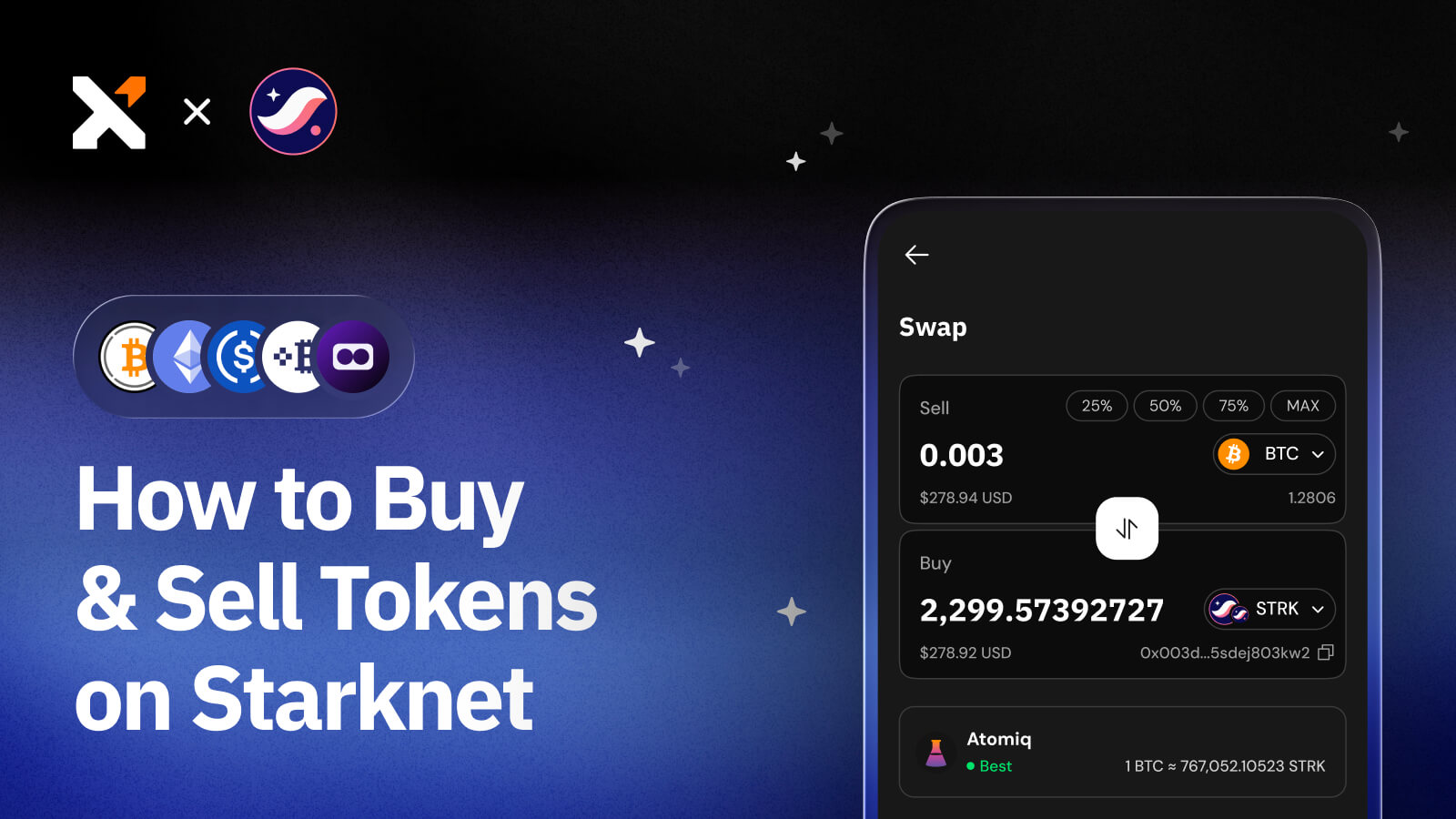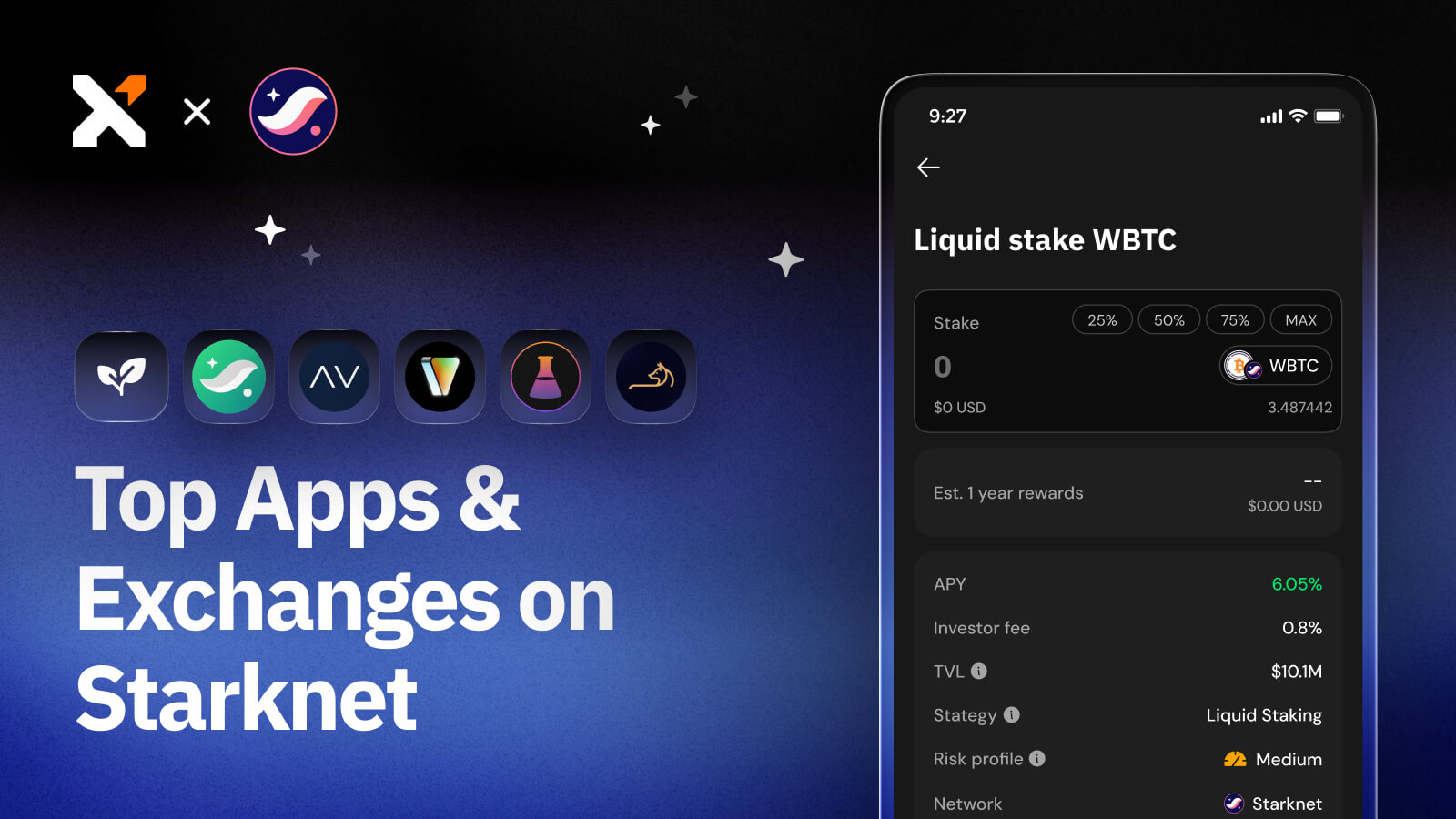Bitcoin Ordinals Use Cases: From Digital Art to Rare Sats & More
Learn about existing and potential Bitcoin Ordinals use cases, ranging from digital art and collectibles to provenance tracking and more.

Sign up for updates!
Stay tuned to our latest news and updates
.svg)
While Bitcoin Ordinals are relatively new, they are already powering several use cases. Read on to learn about current and potential Bitcoin Ordinals use cases.
What Are Bitcoin Ordinals?
Bitcoin Ordinals, also called Ordinal inscriptions, are individual satoshis (sats) containing unique data.
Inscriptions are made on sats in the order in which they are mined. The types of data that one can inscribe onto a sat include images, HTML, SVG, text, and audio, opening up Bitcoin to a range of new use cases.
Bitcoin Ordinals are native to the Bitcoin blockchain, making them immutable, decentralized, and highly secure.
The Ordinals protocol, which developer Casey Rodarmor launched in January 2023, uses a numbering system known as Ordinal Theory to identify, track, and trade inscribed sats.
The Ordinals protocol has enabled asset issuance on Bitcoin, boosting utility and attracting new users. This increased utility has been achieved without changing the Bitcoin network. Instead, the Ordinals protocol leveraged the Taproot and SegWit upgrades to expand Bitcoin’s utility.
Bitcoin Ordinals Use Cases
Bitcoin Ordinals present unique new use cases for the Bitcoin network. Let’s take a look at notable examples.
Digital Art
Artists can inscribe their digital artwork to a satoshi to create inscriptions secured by the most secure blockchain today. Unlike traditional NFTs, the content of Ordinal inscriptions is stored on-chain, guaranteeing immutability. Artists can then sell their digital artifacts on Ordinals marketplaces, giving them access to a new market.
Bitcoin Collectibles
In addition to a thriving marketplace for digital art, P2P collections, and meme-inspired Bitcoin NFT collections, you will also find Bitcoin collectibles in the form of rare, uncommon, and exotic satoshis in the Ordinals market.
These are unique satoshis that collectors in the Bitcoin community have prescribed value to because of the time they were mined or the transactions they were involved in.
On-Chain Token Issuance
Projects can issue fungible tokens on-chain using Bitcoin Ordinals. This use case has been made possible by the BRC-20 token standard, which requires one to first mint an inscription to mint a BRC-20 token.
Online Games
Ordinals-based gaming projects are creating Bitcoin Ordinals that can be used in online games, allowing gamers to own fully decentralized and immutable in-game items.
Moreover, numerous games have been inscribed onto the Bitcoin blockchain to provide an accessible, immutable version of the games online.
Data Storage
Bitcoin Ordinals can record diverse data types such as scientific information, election results, and professional certificates. Such data can benefit from Bitcoin’s immutability since no one can alter it once it is recorded on-chain. Also, because this data is public, anyone can validate and audit its accuracy.
Intellectual Property Rights
Bitcoin Ordinals can help reduce disputes over the ownership of copyrights since it’s easy to track ownership history. They can also ensure that these rights will never be tampered with, giving creators and brands peace of mind.
Provenance Tracking
Luxury brands can use Bitcoin Ordinals to record the details of their items, enabling buyers to track the provenance and the supply chain history. This level of transparency can help assure consumers that they are buying an original item.
Securely Manage Your Bitcoin Ordinals with Xverse

The Xverse Ordinals wallet provides users with an easy-to-use interface for securely managing their Ordinals inscriptions. The app also allows you to seamlessly send and receive Bitcoin Ordinals and connect your wallet to Ordinals marketplaces to buy and sell Ordinals.
Xverse is the gateway to the Bitcoin Web3 ecosystem, supporting BTC, Stacks assets, and BRC-20 tokens.
Download Xverse now to start exploring the exciting new world of Bitcoin Ordinals.
FAQs
What are Bitcoin Ordinals used for?
Bitcoin Ordinals are used for on-chain token issuance, the ability to collect rare and exotic satoshis, the creation of Bitcoin art, and more. Further Ordinals use cases are likely to emerge over time as more people begin to recognize the advantages of Ordinal inscriptions over traditional NFTs.
These advantages include decentralization, immutability, and a high degree of security. Since the content of Bitcoin Ordinals is stored fully on-chain, investors are assured that their tokens will benefit from Bitcoin’s highly secure and decentralized network.
What are the potential use cases of Bitcoin Ordinals?
Bitcoin Ordinals could be used to store intellectual property rights since all data is stored on-chain, where it cannot be altered. The blockchain can help minimize disputes over ownership of copyrights since ownership history is easy to track. Other data types, such as academic credentials and election results, can also benefit from Bitcoin’s immutability. Anyone could also verify and audit the accuracy of this data since it is published publicly.
Furthermore, Bitcoin Ordinals could allow buyers to track the provenance and authenticity of luxury items, giving them confidence that the goods they are purchasing are the real deal.
Share this article



.svg)




